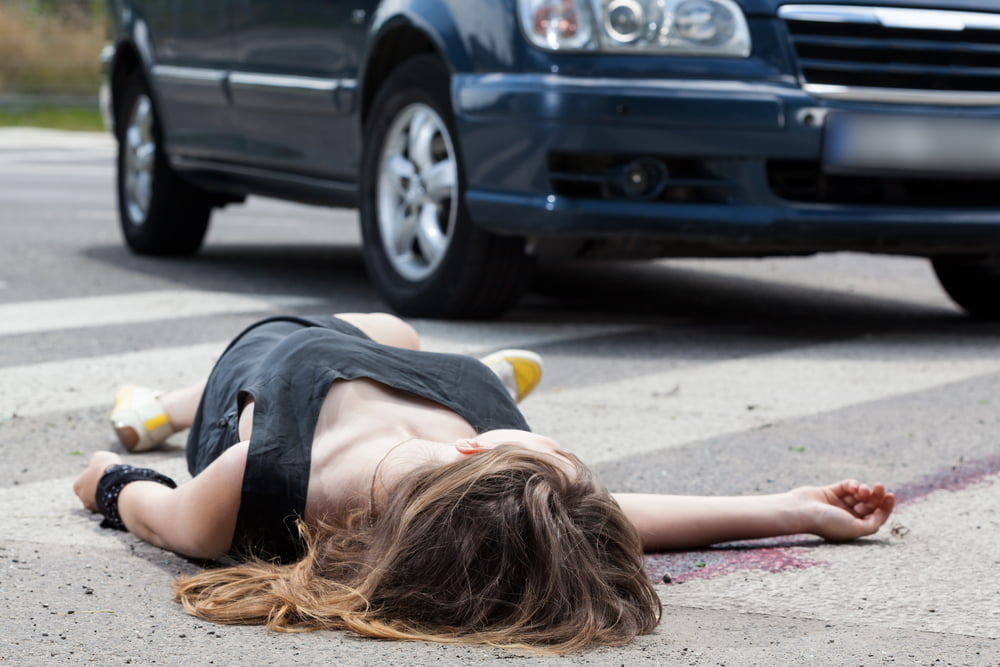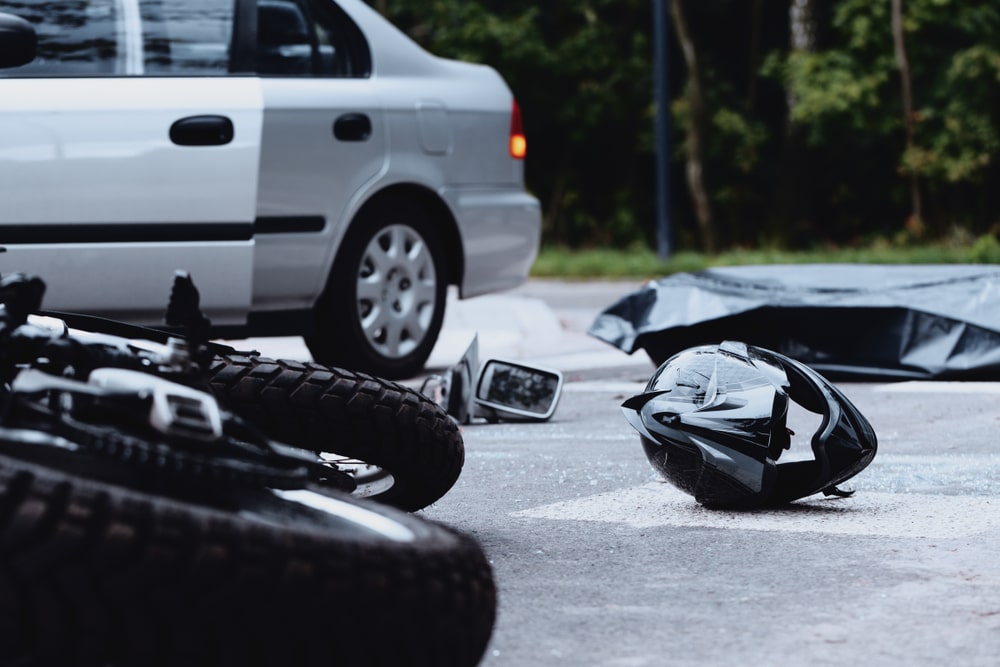Hit-and-run accidents can be shocking and overwhelming experiences. Victims often feel helpless and unsure of what steps to take next. These incidents are unfortunately common, leaving many drivers and pedestrians grappling with the aftermath.
If you’ve been involved in a hit-and-run accident in Florida, it’s crucial to stay calm, ensure your safety, and gather as much information as possible about the incident. This includes noting any details about the fleeing vehicle, documenting the scene, and seeking medical attention if needed.
Reporting the accident to law enforcement promptly is essential. According to Section 316.065, Florida law requires drivers to report accidents resulting in injuries, deaths, or significant property damage. Additionally, contacting your insurance company and seeking legal advice can help protect your rights and potential compensation claims. If you’ve recently been involved in a hit-and-run, contact us to help you navigate this confusing time.

Steps After a Hit-and-Run Accident
Quick action and thorough documentation are crucial after a hit-and-run accident in Florida. Proper steps can help protect your safety and strengthen your case.
Assess Your Safety and Health
Move to a safe location if possible. Check yourself and your passengers for injuries. Call 911 for medical assistance if needed. If it’s safe, turn on hazard lights and set up flares or warning triangles.
While it may be tempting to do so, don’t chase after the fleeing driver. This can be dangerous and may lead to further accidents or legal issues.
Document the Scene and Collect Evidence
Take photos of the accident scene, vehicle damage, and surrounding area. Note the exact location, time, and weather conditions. Look for nearby security cameras that may have captured the incident.
Collect any debris left behind by the other vehicle. This could include paint chips, broken glass, or car parts. These items may help identify the hit-and-run driver later.
Identify Witnesses and Obtain Information
Ask nearby pedestrians or drivers if they saw what happened. Get their contact information and brief statements. Witnesses can provide crucial details about the fleeing vehicle.
Try to recall and write down any details about the other vehicle:
- Make, model, and color
- License plate number (even partial)
- Distinctive features or damage
- Direction of travel
Reporting the Incident
Contact local law enforcement immediately. File a police report with all available information. Get the officer’s name and badge number, as well as the report number.
Notify your insurance company about the accident. Provide them with the police report number and any evidence you’ve collected. Some insurance policies have time limits for reporting accidents.
Consider contacting a lawyer who specializes in hit-and-run cases. They can guide you through the legal process and help protect your rights.
What to Do Following a Hit-and-Run: Legal and Insurance Procedures
After a hit-and-run accident in Florida, victims must navigate crucial legal and insurance steps to protect their rights and seek compensation. Timely action and proper documentation are essential for a successful claim.
Seeking Medical Attention and Record-Keeping
Seek immediate medical care after a hit-and-run accident. Document all injuries and treatments received. Keep detailed records of medical bills, prescriptions, and follow-up appointments. Take photos of visible injuries and damage to your vehicle.
Maintain a journal documenting pain levels, recovery progress, and how the injuries impact daily life. Request copies of police reports and witness statements. These records serve as crucial evidence for insurance claims and potential legal action.
Filing an Insurance Claim
Contact your insurance company promptly to report the hit-and-run accident. Provide all available information about the incident, including the police report number and any witness details. Be honest and thorough in your account of the events.
If you have uninsured motorist coverage, it may apply in hit-and-run cases. Review your policy or consult with your insurance agent to understand your coverage options. Submit all relevant documentation to support your claim.
Understanding Your Coverage
Review your auto insurance policy to understand your coverage limits and deductibles. Uninsured motorist coverage can be particularly valuable in hit-and-run accidents. This coverage may help pay for medical expenses, lost wages, and other damages.
Personal Injury Protection (PIP) is mandatory in Florida and can cover medical expenses regardless of fault. Comprehensive coverage may help with vehicle repairs. Familiarize yourself with claim deadlines and any exclusions in your policy.
Contact Us for Legal Advice After a Hit-and-Run Collision
We encourage you to consult a personal injury attorney experienced in hit-and-run cases. The legal professionals at Amanda Demanda Injury Law can help navigate complex legal procedures and negotiate with insurance companies. An attorney from our law firm can assess the strength of your case and advise on potential legal actions.
Legal professionals can assist in gathering evidence, identifying potential sources of compensation, and ensuring your rights are protected. We may also help in pursuing civil action against the hit-and-run driver if identified later.As part of our personal injury legal services in Florida, attorneys can handle communication with insurance companies, reducing stress and preventing potential missteps that could harm your case. Call 1-844-DEMANDA to learn more.
Back to Blog





